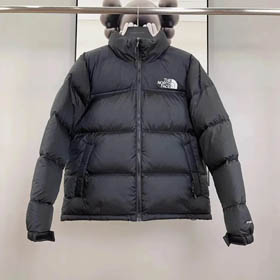Adapting to the Reverse Gray Market: Analyzing the Marketing Strategy Shifts of Rolex, Patek Philippe, and Cartier
In recent years, the rise of reverse gray market platforms (like oksheet.net) has disrupted the traditional luxury watch industry. Iconic brands such as Rolex, Patek Philippe, and Cartier have been forced to reconsider their branding and distribution strategies to maintain exclusivity while addressing changing consumer behaviors. Here’s how each brand is adapting.
The Reverse Gray Market Challenge
Reverse gray market platforms enable buyers in high-demand regions (e.g., China) to purchase luxury watches at lower prices from markets where retail prices or taxes are more favorable. This undermines brands’ control over pricing, exclusivity, and customer relationships.
Brand Strategy Adjustments
Rolex: Leveraging Scarcity and Upgraded Retail Experience
Rolex has responded by:
- Strict allocation policies
- Certified Pre-Owned Program
- Boutique expansions
- Certified Pre-Owned Program
Patek Philippe: Hyper-Exclusivity and Emotional Storytelling
Patek’s approach focuses on:
- "Legacy pricing": Discouraging flipping by prioritizing long-term collectors.
- Digital intimacy: Highlighting heritage via documentaries (e.g., "The Art of Watches") rather than e-commerce.
- Limited collaborations
Cartier: Diversification and Digital Agility
Cartier combines traditional prestige with modern tactics:
- Wider product range: Emphasis on accessible entry pieces (e.g., Tank Must) to expand reach.
- Blockchain pilot programs
- Social media campaigns
Key Takeaways for the New Market Era
- Control the narrative
- Embrace hybrid models
Tech as a gatekeeper - Embrace hybrid models
As platforms like oksheet.net



















